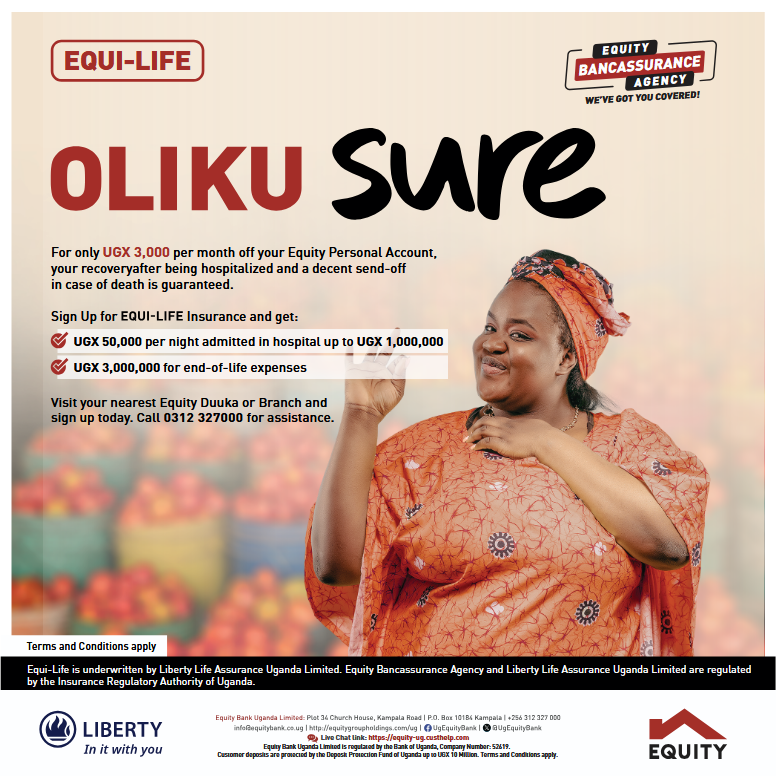By Ian Ortega
I want to take one of the stories that appeared on this website to its natural end. The story concerned itself with the death of supermarkets in Uganda and why Uchumi and Shoprite were closing shop. Somewhere it hinted on the illusion of the middle class in Uganda and it’s this illusion that I want to magnify and make clear.
Stanbic Group estimates that the Uganda middle class comprises 50,000 households. World Bank estimates on the other hand put the Ugandan middle class to 12 million people. But what does each of these mean by middle class anyway? Should middle class be defined by income or by wealth? Should we determine middle class by how much they spend or by their aspirations as Obama suggested?
According to The Economist, “an unpublished paper by Martin Ravallion at the World Bank uses a range of $2 to $13 at 2005 PPP prices. Two dollars a day is a commonly accepted definition of the poverty line in developing countries; people above this line are middle-class in the sense that they have moved out of poverty.”
The problem with most definitions of Middle Class is that Middle class means different things to different people. Middle class is a relational term as much as it is sociological just as it is economic. Thus, the issue of middle class is very subjective and is a cause to worry for many investors who make choices of whether to invest in Uganda based on studies about Uganda’s middle class. Because what constitutes Middle Class in Uganda doesn’t necessarily constitute Middle Class in South Africa, and what makes up for a Middle Class in South Africa doesn’t hold for Middle Class in America. Shouldn’t we then come to a conclusion that we are running around with false data about having a Middle Class in Uganda when in truth, most people are still poor.
Perhaps we could take the standard definition at Purchasing Power Parity that says one is middle class if they earn $10-$20 a day for (Lower Middle Class) and $20-$50 a day for Upper Middle Class. At the current exchange rate in Uganda, that would imply that for one to qualify as a Ugandan Middle Class, they should be earning Ugshs37500 a day or Ugshs1,125,000 a month. Eureka! How many Ugandans earn Ugshs1.2million a month? How many public servants have their official salaries set at that amount? Are we certain we have over 50,000 households with each occupant earning that much a month. Taking every household to have 7 people, we end up with 3,500,000 Ugandans in middle income status. This implies that we have 3,500,000 Ugandans earning Ugshs1.2 million per month per person. I will leave you to make the conclusion on that point.
What is the consumption pattern of a Ugandan who earns $10 per day? Do they shop in Supermarkets such as Shoprite and Uchumi? Do they once in a while have a meal at Serena Hotel? Do they take out annual vacations as it is to be expected of middle class families? Do they live in the Upscale Naalya or in the low scale Kireka? Do they drive the kind of fuel guzzlers that turn heads? Are they able to maintain their children in Universities without much struggle? Do they even have a house to their name?
What we have is an illusion of the Ugandan bourgeoisie. It is largely in-existent. Perhaps we should also ask ourselves where most of the Ugandan middle class is employed? It is in the services sector. We still have failed to industrialize as a nation so that majority can be employed and earn good wages to drive the economy to real middle class level as we espouse.
What we have is a very fragile middle class in Uganda, one that’s quick to cut on their spending when the times get tough. What we have is a middle class that’s not really growing should one factor in inflation and the like. As a result, investors such as Shoprite and Uchumi continue to close shop because the reality is different from the hurly-burly clouds of statistics they read in books about Uganda’s emerging and growing middle class.
I would rather err on the side of caution and be pessimistic about Uganda’s middle class than be fooled by randomness in optimism about a middle class whose definition we are not sure of, a middle class that would not count as middle class when compared to other countries. I am sure as hell; we are fooling ourselves, but hey, let’s enjoy the monkey dance of Uganda’s middle class. Perhaps it exists, somewhere in the research findings but not in reality.



